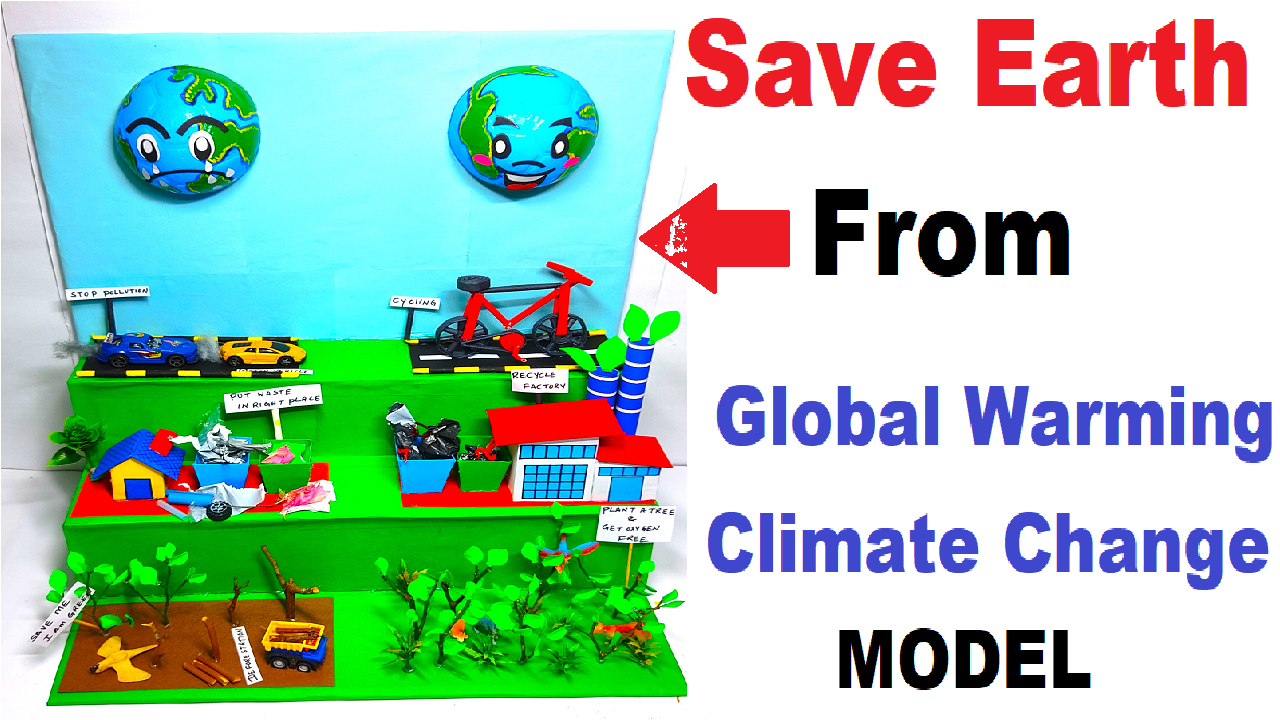“Save Earth” is a call to action and a reminder of the importance of preserving our planet and its environment.

Here’s an explanation of why it’s crucial to save Earth and some ways individuals and communities can contribute to environmental conservation:
- Environmental Preservation:
- Explanation: Earth is our home, providing the essential resources needed for life. Environmental preservation involves protecting ecosystems, biodiversity, and natural resources to maintain a healthy and balanced planet.
- Climate Change Mitigation:
- Explanation: Human activities, such as burning fossil fuels and deforestation, contribute to climate change. Saving Earth involves adopting sustainable practices to reduce carbon emissions, mitigate climate change, and minimize the impact on weather patterns.
- Biodiversity Conservation:
- Explanation: Earth is home to a diverse range of plant and animal species. Biodiversity is essential for ecosystem stability, resilience, and the well-being of all living organisms. Protecting habitats and preventing species extinction contribute to biodiversity conservation.
- Resource Sustainability:
- Explanation: Earth’s resources, including water, air, soil, and minerals, are finite. Sustainable practices aim to use resources efficiently, reduce waste, and promote responsible consumption to ensure that future generations have access to essential resources.
- Pollution Prevention:
- Explanation: Pollution from various sources, including air, water, and soil pollution, poses a threat to the environment and human health. Saving Earth involves adopting measures to reduce pollution, such as promoting cleaner energy sources, waste management, and eco-friendly practices.
- Oceans and Marine Life Protection:
- Explanation: Oceans play a crucial role in regulating the climate and supporting diverse marine life. Saving Earth includes efforts to reduce plastic pollution, prevent overfishing, and protect marine ecosystems to maintain the health of our oceans.
- Renewable Energy Transition:
- Explanation: Fossil fuel combustion contributes to air pollution and climate change. Transitioning to renewable energy sources, such as solar, wind, and hydropower, is essential for reducing greenhouse gas emissions and promoting a sustainable energy future.
- Environmental Education and Awareness:
- Explanation: Saving Earth requires widespread awareness and understanding of environmental issues. Educational initiatives help people make informed choices, adopt eco-friendly practices, and advocate for policies that prioritize environmental conservation.
- Conservation of Natural Habitats:
- Explanation: Urbanization, deforestation, and land degradation threaten natural habitats. Conservation efforts involve preserving and restoring ecosystems, creating protected areas, and promoting sustainable land-use practices.
- Global Collaboration:
- Explanation: Environmental challenges are global, and saving Earth requires international cooperation. Governments, organizations, and individuals worldwide need to collaborate on policies, initiatives, and technologies that address environmental issues collectively.

